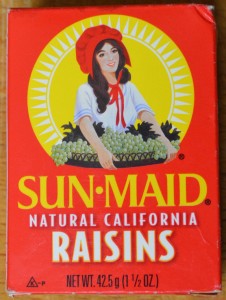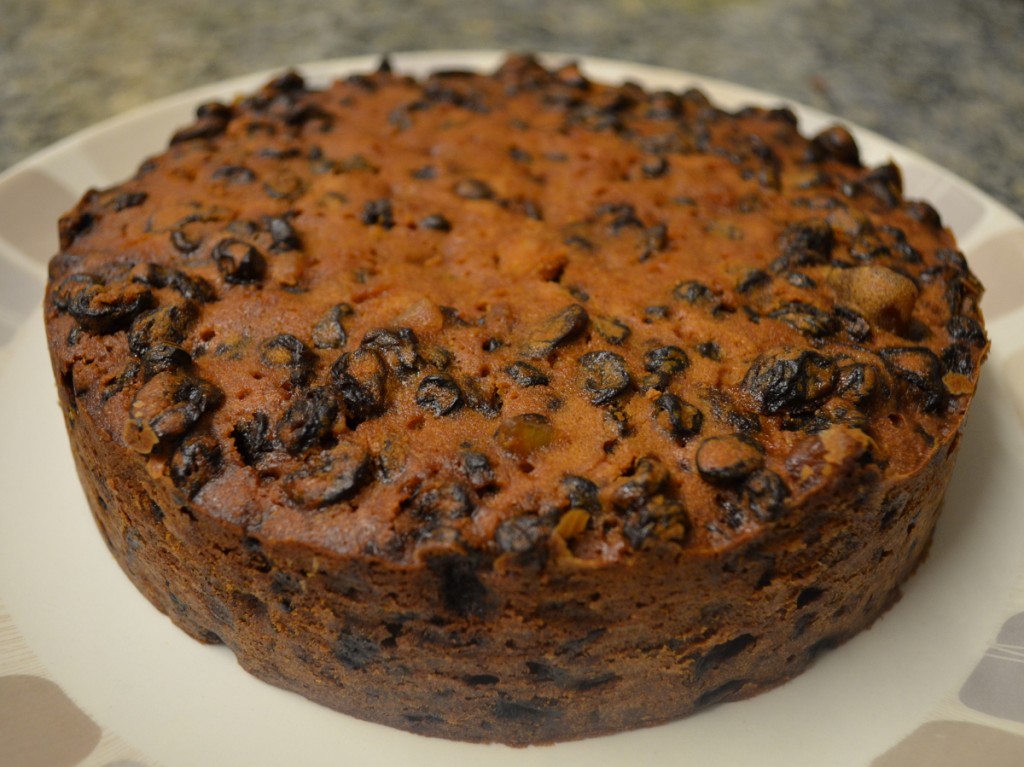
Clearly the most key link between preserved dried grapes and Christmas is their use in Christmas cake, Christmas Pudding and sweet mincemeat for mince pies. These are all based heavily on dried grapes but with additional flavourings of spices, citrus fruits and almonds. While we are very familiar with Raisins, Sultanas and Currants have you spared a thought on how they got their names?
Étienne Jeaurat painted The Favourite Sultana without including a single dried fruit. However, in many English speaking countries, the word sultana is now more often used to refer to a pale seedless dried grape than it is used for the wife of a sultan. Of the three dried grapes in the title, only the Sultana is named after the grape variety from which it originated, however there seems no solid evidence to explain why the Sultana grape has this name at all. Sultana grapes originate in Asia, in the Ottoman empire region so there may have been a link made by Europeans to the geographic origin of the fruit and the name of royalty there.

To continue the theme of confusing names, the Currant appears to have gained its name as a corruption of the word Corinth, from the place of origin of the first currants to reach western Europe. Black, Red and White Currants are in an entirely different plant genus – Ribes and have nothing to do with grapes – Vitis.
 Dried grapes have the generic name ‘Raisin‘ in the USA but in England and Commonwealth countries including Australia and New Zealand the consistent distinction is made between large seeded, and usually dark-coloured, Raisins and the similar sized but seedless and light-coloured sultanas. The etymology of raisin is highly botanical, it is derived from the Latin ‘racemus‘ meaning a cluster of berries or grapes. In this case we know the derivation of the word but the application of it varies from place to place. One of the commonest brands of Raisin in the UK and USA is Sun Maid, but in England, at least, these should probably be called Sultanas.
Dried grapes have the generic name ‘Raisin‘ in the USA but in England and Commonwealth countries including Australia and New Zealand the consistent distinction is made between large seeded, and usually dark-coloured, Raisins and the similar sized but seedless and light-coloured sultanas. The etymology of raisin is highly botanical, it is derived from the Latin ‘racemus‘ meaning a cluster of berries or grapes. In this case we know the derivation of the word but the application of it varies from place to place. One of the commonest brands of Raisin in the UK and USA is Sun Maid, but in England, at least, these should probably be called Sultanas.

Whatever you call them, dried grapes have been in human production for several thousand years, possibly dating back to 6000BC. Drying grapes was easy in hot north African, West Asian and Middle Eastern climates and provided a supply of mineral and vitamin rich food that could be stored long term. Despite the health giving properties of these dried fruit they can also be rehydrated and fermented to make wine. There were various prohibitions against eating dried grapes in the Bible but these dried grapes were also awarded as prizes in ancient Greek and Roman sporting events.
Production of dried grapes on a world basis is around 1.2 million tonnes per year, led by the USA. How they are divided among currants, sultanas and raisins is harder to establish.
A somewhat dangerous Christmas game dating back to the 16th Century is that of Snap-Dragon or Flap-Dragon, where raisins are soaked in Brandy and set alight. While the fruit are still burning competitors have to pick them up and extinguish the flames by eating the fruit. This game is mentioned by Costard in Act 5, scene 1 of Shakespeare’s Love’s Labour’s Lost (1594) and by many subsequent authors.
- For facts and figures on US production see AgMRC.
- For raisin, sultana and currant production in Greece see History of Greek Food.
- Background on Raisin Grape Varieties.
Don’t forget to follow DrM’s advent calendar too!

